70-110 exhaust fan for 40 sq ft bathroom
essdana
12 years ago
Featured Answer
Sort by:Oldest
Comments (16)
kirkhall
12 years agoMongoCT
12 years agoRelated Professionals
Hershey Kitchen & Bathroom Designers · Philadelphia Kitchen & Bathroom Designers · Fair Oaks Kitchen & Bathroom Remodelers · Franconia Kitchen & Bathroom Remodelers · Gilbert Kitchen & Bathroom Remodelers · Las Vegas Kitchen & Bathroom Remodelers · South Barrington Kitchen & Bathroom Remodelers · West Palm Beach Kitchen & Bathroom Remodelers · South Jordan Kitchen & Bathroom Remodelers · Carol City Glass & Shower Door Dealers · Culpeper Glass & Shower Door Dealers · Tampa Glass & Shower Door Dealers · Alafaya Cabinets & Cabinetry · Mount Prospect Cabinets & Cabinetry · Oakland Park Cabinets & Cabinetrylazypup
12 years agolazypup
12 years agoessdana
12 years agoUser
12 years agoessdana
12 years agodeedles
12 years agoessdana
12 years agodeedles
12 years agoUser
12 years agoessdana
12 years agoUser
12 years agoandersons21
12 years agoUser
12 years ago
Related Stories

MOST POPULARHouzz Tour: Going Off the Grid in 140 Square Feet
WIth $40,000 and a vision of living more simply, a California designer builds her ‘forever’ home — a tiny house on wheels
Full Story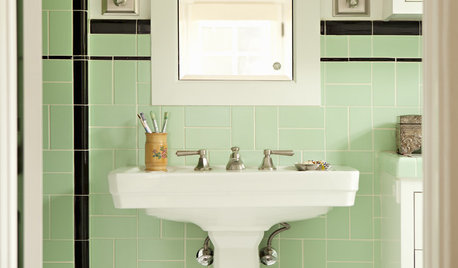
BATHROOM DESIGN9 Surprising Considerations for a Bathroom Remodel
Don't even pick up a paint chip before you take these bathroom remodel aspects into account
Full Story
REMODELING GUIDESBathroom Workbook: How Much Does a Bathroom Remodel Cost?
Learn what features to expect for $3,000 to $100,000-plus, to help you plan your bathroom remodel
Full Story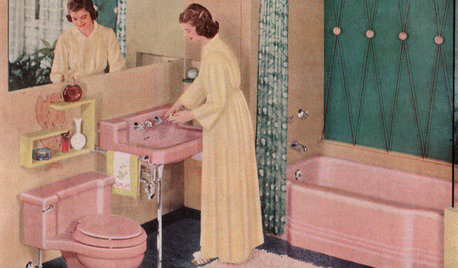
MOST POPULARHomeowners Give the Pink Sink Some Love
When it comes to pastel sinks in a vintage bath, some people love ’em and leave ’em. Would you?
Full Story
BATHROOM DESIGN5 Common Bathroom Design Mistakes to Avoid
Get your bath right for the long haul by dodging these blunders in toilet placement, shower type and more
Full Story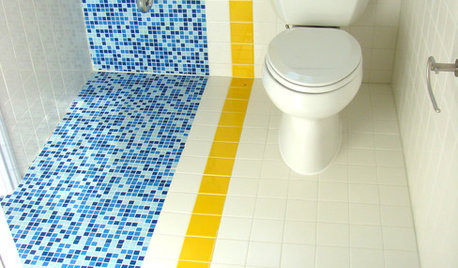
BATHROOM DESIGN9 Big Space-Saving Ideas for Tiny Bathrooms
Look to these layouts and features to fit everything you need in the bath without feeling crammed in
Full Story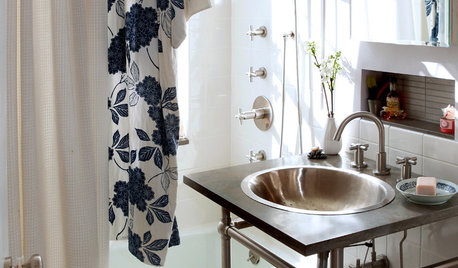
BATHROOM DESIGN8 Tiny Bathrooms With Big Personalities
Small wonders are challenging to pull off in bathroom design, but these 8 complete baths do it with as much grace as practicality
Full Story
BATHROOM DESIGN12 Designer Tips to Make a Small Bathroom Better
Ensure your small bathroom is comfortable, not cramped, by using every inch wisely
Full Story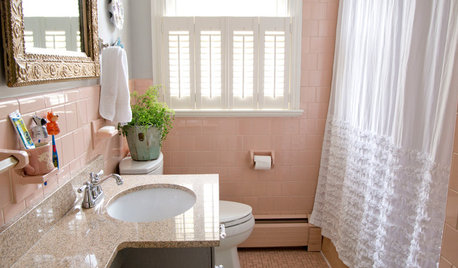
BATHROOM DESIGNHouzz Call: Have a Beautiful Small Bathroom? We Want to See It!
Corner sinks, floating vanities and tiny shelves — show us how you’ve made the most of a compact bathroom
Full Story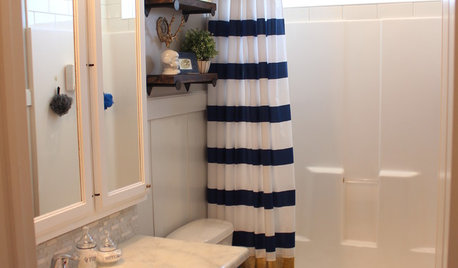
MOST POPULARShe’s Baaack! See a Savvy DIYer’s Dramatic $400 Bathroom Makeover
You’ve already seen her dramatic laundry room makeover. Now check out super budget remodeler Ronda Batchelor’s stunning bathroom update
Full StoryMore Discussions






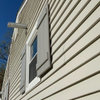
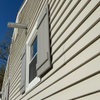


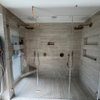
lazypup